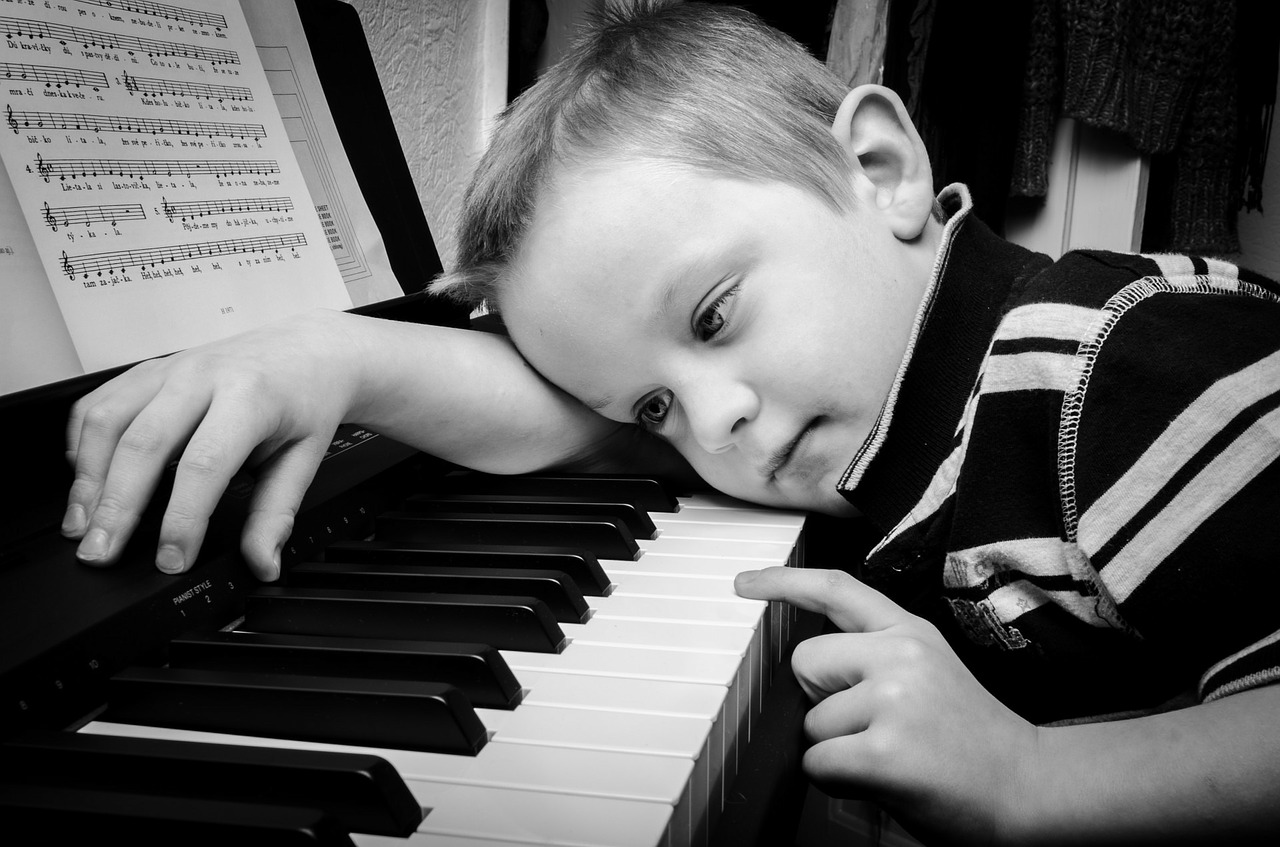Making Piano Practice Fun

Once upon a time, teachers – and especially piano teachers – felt they needed to be very strict and authoritarian in order to push their students as far as they were able to go. In more recent years, however, educators in general have begun to see things differently and today it is much more common for teachers to believe that students learn better in a relaxed and fun environment than in one where they feel anxious or threatened.
Especially when it comes to music, which is a joyful enterprise at its heart, we couldn’t agree more with this more recent trend towards fun learning piano. Especially with younger children it is very important for things to be fun, active, and to incorporate a variety of different games.
Here are some of our favorite games we use in our classrooms, but these activities can also be done at home with a parent.
- Blind piano: Get the student to close their eyes and then ask them to play a certain note without looking. If they understand the principle behind the groupings of black keys, then they should be able to find the notes by feel. Practicing this will gradually help them to be able to locate notes instinctively without having to think about it.
- Music hide-and-seek: Hide flashcards around the room with things look a quarter note, or a C note in the bass clef, or other more complicated rhythms or sight-reading passages. Have students find the cards and then race back to the piano to play what they have found. You can give points based on how many cards they find and play correctly, but sometimes the fun of the discovery is enough for the kids. This is a much more fun way for students to practice sight-reading than by grinding through exercise after exercise in a textbook.
- Go fishing: Make one set of cards with all the different types of notes that your students have learned (including rests), and then make another set of cards with 3/4 or 4/4 measure that is not complete (for example a measure of 4/4 with just a half note in it). Then students have to “go fishing” to find the right note or rest to complete their measure. Eventually this will help students to see rhythms more immediately without having to count things out.
- Improv time: It’s important, and also fun, to let students be creative and to have fun improvising from time to time. The teacher or parent will play a rhythm part on the lower end of the piano, and let the student improvise a melody on the higher end. You can mark out certain notes for them to use, or to make things easier you can play something in B and get them to play only the black keys. Improvising is an important musical skill that is difficult to teach apart from simply letting the student do it! My students usually love to rock out on the black keys, and they can very quickly build confidence and also skill at improvising using this activity.
